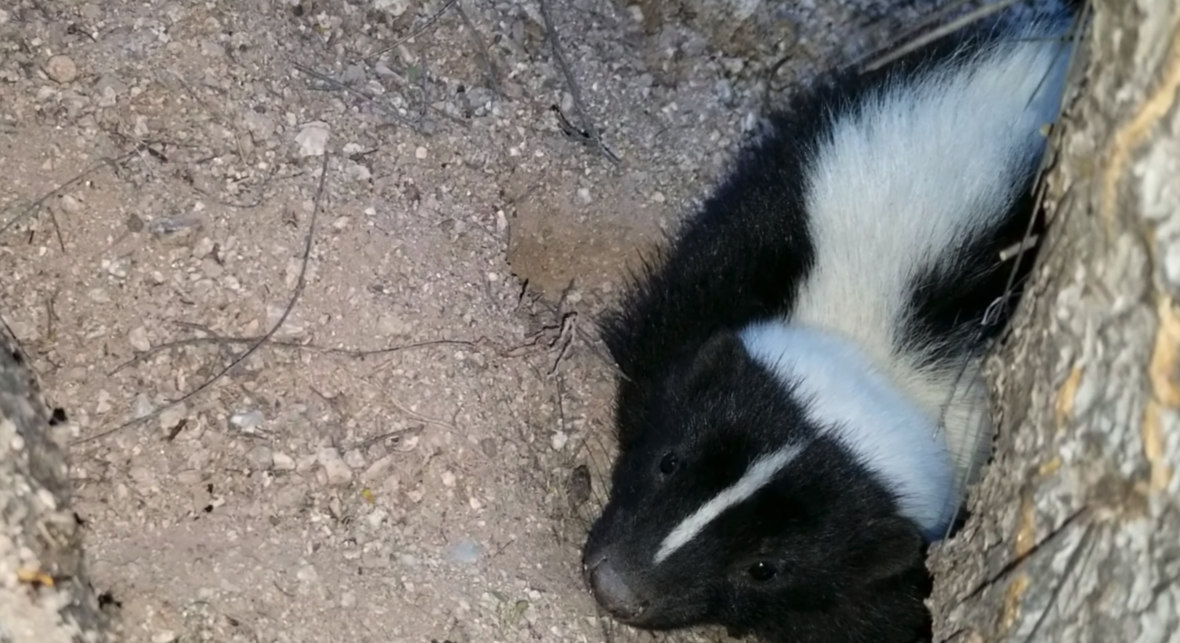- info@Fayettevilleanimalattic.com
Call 24/7 for a free quote:
910-247-4944
Best Bait to Use When Trapping Wild Animals
Perhaps one of the most important parts in trapping wild animals apart from the placement would be the use of bait. There are two purposes on adding bait to your trap. One is that you are luring the animal inside the trap and the next one is that you are encouraging them to interact with the trigger plate. However, looking for the right bait for a specific animal will not be that easy due to their varied diet.

Nuisance North Carolina Animals and the Best Bait to Use
In case you’ve tried mild hazing, excluding, and repelling the wild Fayetteville animals but these pesky critters are just too persistent, then it is probably time for you to use traps. Nonetheless, some of these animals will be trap-shy. In order to draw them in the trap, you will have to use the right bait.
Squirrels and Chipmunks
When setting the trap for the chipmunks and the squirrels, you will have to place it close to their food source. This can be near the fruit-bearing trees, compost pit, and bird feeders. You may also place the traps near the trail of these rodents such as at the base of the tree. Traps that are crafted from metals would be recommended since it is resistant to their strong teeth. Some of the best baits that you can use include seeds, peanut butter, rolled oats, and nuts. Be sure to keep monitoring the traps a couple of times each day.
Moles and Gophers
Some people prefer to use lethal traps against gophers. You can set-up your traps during the spring season when the Fayetteville animals are highly active. Usually, bait is not needed to capture them. You simply must place them appropriately inside their tunnel and be sure to conceal the traps. You should also avoid transferring your human scent on the trap so wear a pair of gloves when setting it up. In case you failed to capture them, simply move the trap to another spot.
Opossums and Raccoons
Corn, cat food, sardines, and marshmallow can capture the attention of these animals. Look for a trap that allows you to place the trap at the back to encourage the creature to go deeper inside the trap. Raccoons are large mammals and you should not provide them an opportunity to back out after they have collected the bait. Be sure to use a strong anchor on the trap to keep it stable.
Skunk
Skunk love the fishy and greasy scent. There are pet foods that are seafood flavored that this creature really loves. You may also try sardines and other fish scraps to produce a desirable result. Skunks will explore the dark spaces; you may cover your trap with a tarp to achieve the dim effect. For those who are choosing the live traps, you need to be cautious with their spray. The animal will warn you through its movement that will give you enough time to avoid their attack.
If possible, you need to look for bait that is bigger than the opening of the trap. This will help you prevent the animal from stealing the bait. Add a brick on top of the bait to ensure that the animal won’t knock over the trap.
Visit our Fayetteville wildlife removal home page to learn more about us.

